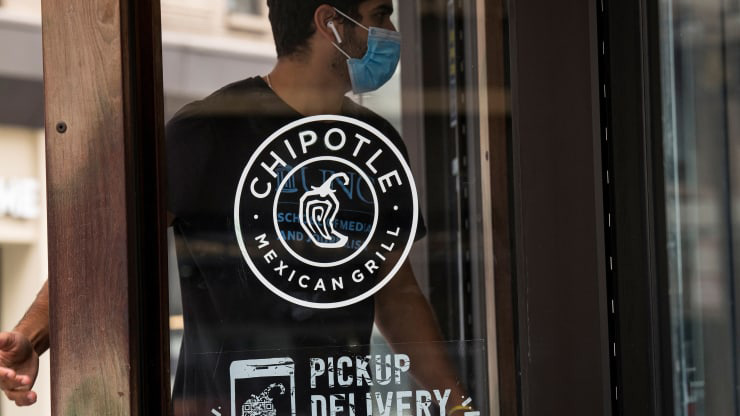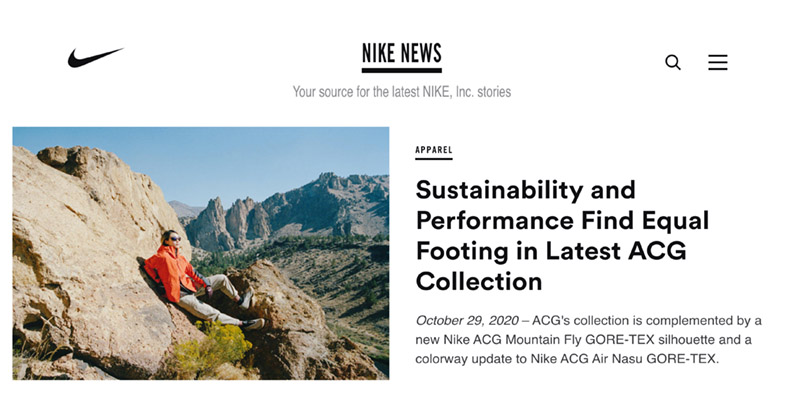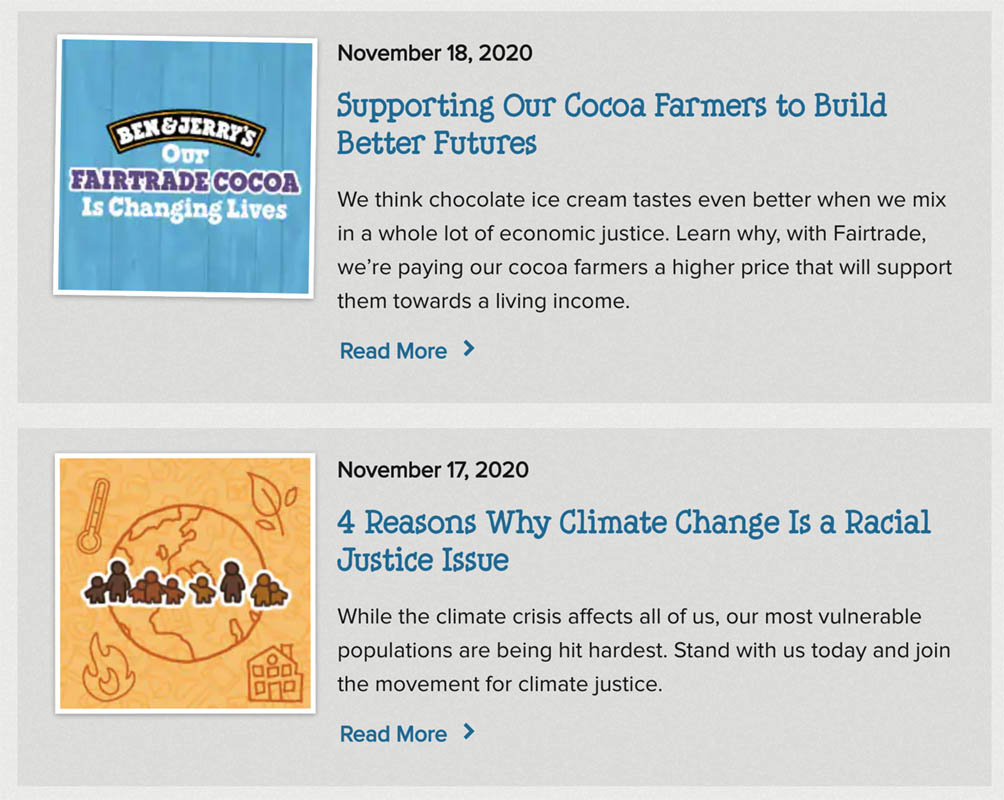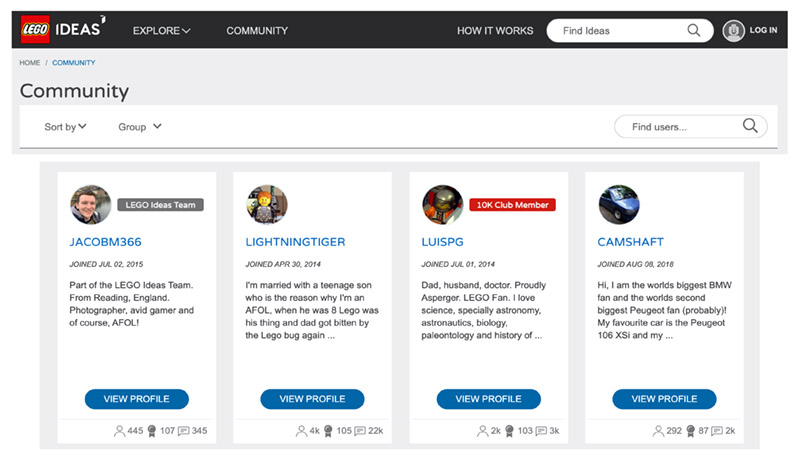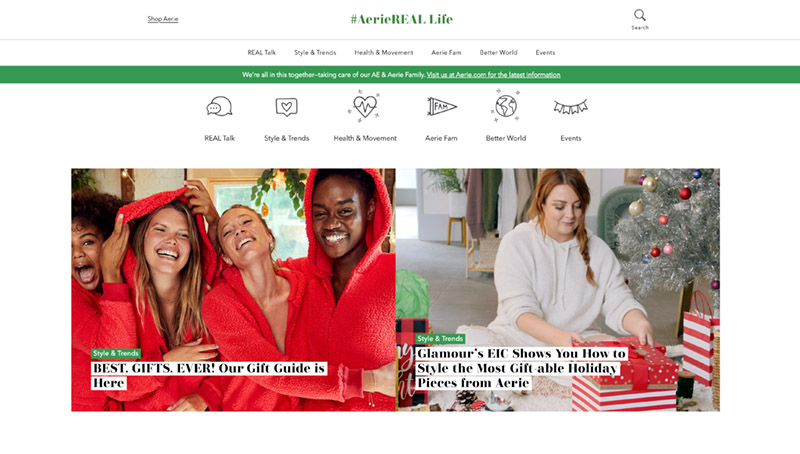Generation Z or Gen Z are those born between 1996 and 2015. To put that into perspective, the oldest members of the Gen Z are 24 years old right now. These are the first digitally native generation with little to no memory of what the world was like before smartphones.
45% of Gen Z say they are online constantly and almost half of them are online for ten or more hours per day. They are also watching an averaging of 23 hours of online video content per week. This generation is two times more likely to shop on mobile devices, while 42% feel that social media has a direct influence on how they think about themselves.
While previous generations considered tech as a tool for their disposal, Gen Z approaches technology as an extension of themselves; coming at it from a completely different perspective. They are used to having everything personalised just for them, from playlists to newsfeeds, to services like Netflix. They have grown up with a lot of expectations.
To understand better how this generation will interact with brands and retailers in 2021 and beyond, we took part in this year’s second Alley and Verizon 5G Labs virtual summit. With key prominent speakers like Hana Ben-Shabat, Founder of Gen Z Planet and Daniel Folkman, VP Strategy and Chief of Staff at goPuff.
Gen Z expectations of eCommerce
For Gen Z, there is no such thing as online and offline while for a previous generation, the distinction is necessary because they were part of the transition. All of a sudden, with this overwhelming switch to eCommerce, some people have to adapt to a new way of shopping online. However, when you ask Gen Z, where do they like to shop and what their preferred channel is? 58% will tell you that they want to shop in-store, as long as their expectations are met.
The start of “phigital” commerce
The Gen Z market place has become “phigital” meaning the combination of physical and digital. Before the pandemic, Verizon launched their first express store, whereby people can buy online but pick the package up in-store.
Fast forward to the midst of the pandemic, other retailers like Apple also launched express stores. The fast-food chain Chipotle also did digital-only restaurants, no dining room, no waiting in line. Just order online and collect in-store.
Gen Z expectations of brands
Value-driven purchases are becoming more popular across all generations, but Gen Z is seeking it out more and more. Gen Z tends to be more attracted to brands that have a real purpose, that stands for something. Why?
This generation grew up around issues like the environment, climate change, gender inequality, racial injustice. As a result, they don’t have much trust in the government. So, they expect brands to use their power and resources to help solve some of these issues or, at least, take an honest public stance.
According to Gen Z Planet, Nike is their favourite brand. As a world-famous sportswear brand, Nike is not afraid to share their thoughts on very controversial issues, using their Community Impact Platform and News Section. Nike is one of those brands willing to take a stance.
However, Nike realises that by taking a stance, they are also upsetting a specific part of the population. “But Nike is still not afraid to say this is who we are, and this is how we express our authenticity as a brand, they know they cannot be everything to everyone. This is the kind of brand behaviour that this generation wants to see”, said Hana Ben-Shabat, Founder of Gen Z Planet.
Ben & Jerry’s is another brand that is very unapologetic in the way they express the issues they care about. They are a very activist driven organisation. Similar to Nike, they receive some negative feedback. However, they look to raise awareness about those causes with a complete commitment.
As a brand understanding who your community is and what they care about is just as important as delivering a great product. “While it is always great when a brand donates to a great cause, however, if it is not relevant to your community, then why do brands choose to do it? It may come off as a PR stunt to some people”, Daniel Folkman, VP Strategy and Chief of Staff at goPuff.
The hybrid model of consumerism
With all these different touchpoints, brands need to fill Gen Z with constant content for their digital platforms. Because you can buy almost everything online, the in-store experiences need to become very unique.
This is where the community, in essence, becomes technology-driven, as brands now have many opportunities to create communities and leverage them—for example, creating communities with consumers who have shared interests and getting feedback on your product or service.
Co-creation communities are also important. For example, Lego has created a community of over 1 million people. They have achieved this by allowing customers to develop new Lego sets and if chosen, these become an actual Lego product.
Communities that are driven mainly by content can also yield great results for retailers. For example, Aerie, the American clothing brand, has created an entire community based around the hashtag “#AerieREAL Life“. The group shares content around topics like style, wellness, home décor, mental health issues, relationship issues and other matters.
Additionally, Aerie approached the strategy of their content community by almost switching the formula. Rather than focusing on advertising their product first, they focus on delivering meaningful content to their consumers, and then saying “hey our summer sale has begun”.
In conclusion
In the last 24 months, we have seen the physical store become digitised, and thus brands are building more in-store experiences. Until now, online retail was mainly used for convenience. But now, brands are looking to technology to make their online experiences different with AR, VR and AI-driven strategies. With the main objective behind technology like augmented reality to reimagine the in-store experience for the consumer online.
Moving forward, no longer can a brand be successful by just delivering a great service or product. Gen Z demands more than that. When the pandemic ends, the mental and psychological impacts, however, will affect consumers for years to come. Thus, many retailers and brands still need to adapt to touchless, virtual experiences while unlocking new digital strategies.
________________
Aleksandra Michniewicz specializes in copywriting and content creation for companies in a variety of industries like technology, lifestyle, fashion and finance.

